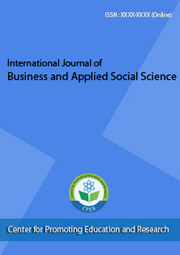current
Table of Contents
Articles
Author(s): Rachel Raskin, CPA, Sharon Brickman, CPA
Abstract:
U.S. lawmakers have created one of the greatest tax-avoidance opportunities in American history, while simultaneously serving underperforming American cities and neighbourhood’s (Bertoni 2018). Subchapter Z of The Investing in Opportunity Act (“The Act”), as part of the 2017 Tax Cuts and Jobs Act (TCJA), amended the Internal Revenue Code to provide major tax incentives for investments in designated “Opportunity Zones”. The tax incentives act as subsidies by allowing investors to defer the recognition of capital gains from the sale of appreciated assets if they are timely reinvested in opportunity zones (Bertoni 2018). According to the Economic Innovation Group (2018), there is approximately $6.1 trillion of unrealized capital gains in stocks and mutual funds in the U.S. economy. Under the direction of sophisticated investors, this capital can be channelled to revitalize depressed communities and create jobs, infrastructure, and other economic opportunities. In a press release, the Department of Treasury (2018) revealed that it anticipates $100 billion in private funds will be invested in opportunity zones over the next eight years. If the intention of the act comes to fruition, capital gains that investors realize from selling previous investments will be used to fuel growth in economically depressed areas.






